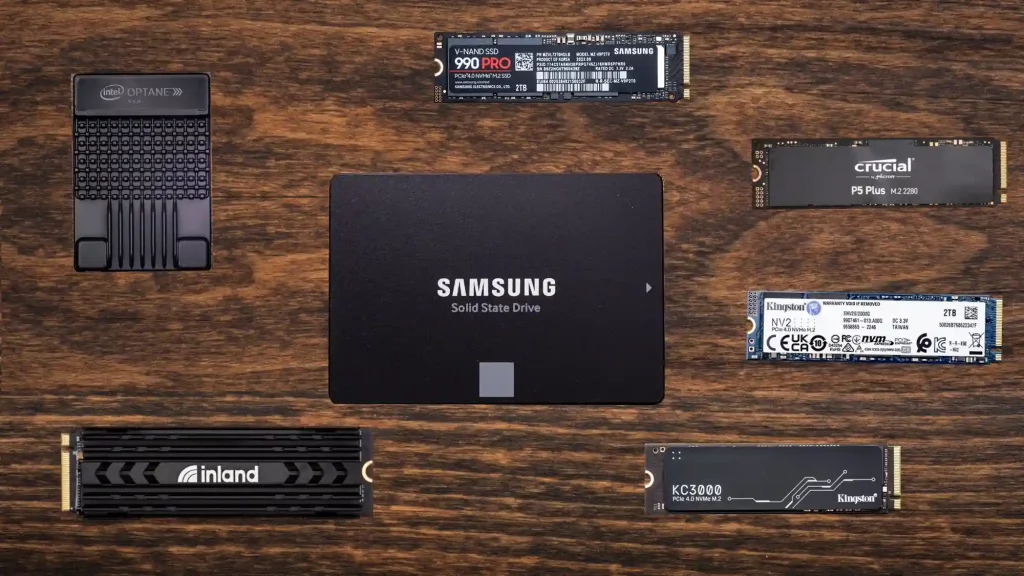Feeding tubes play a critical role in the care of pets requiring nutritional support. However, their effectiveness can wane due to various factors. Pet owners must remain observant, as the signs of a feeding tube failure can be subtle yet significant. Recognizing these indicators is essential for timely intervention. Understanding what to look for can make all the difference in ensuring a pet’s health and well-being. What are the key signs to watch for?
Key Takeaways
- Noticeable weight loss may indicate inadequate caloric intake due to feeding tube malfunction.
- Lethargy or reduced activity levels can suggest insufficient nutrition from the feeding tube.
- Vomiting or coughing during or after feedings may signal an obstruction in the tube.
- Behavioral changes, like irritability or withdrawal, may reflect discomfort from a malfunctioning feeding tube.
- Regular monitoring of the tube site and function is essential for early detection of issues.
Understanding the Importance of Feeding Tubes in Pets
While many pet owners may not initially consider the need for a feeding tube, these devices play an essential role in ensuring that pets with medical conditions receive the necessary nutrition. Feeding tubes are significant for pets unable to eat on their own due to illness, surgery, or other health issues. However, their effectiveness can decline, leading to potential complications. Recognizing the signs feeding tube is not working is essential for timely intervention. Symptoms may include difficulty swallowing, regurgitation, or a decrease in appetite. By being vigilant and informed, pet owners can foster a sense of community and support for one another, understanding that caring for a pet with a feeding tube requires compassion, knowledge, and shared experiences in maneuvering these challenges together.
Common Causes of Feeding Tube Malfunction
Feeding tubes, though invaluable for providing essential nutrition to pets in need, can experience malfunctions due to various factors. Common causes include improper placement, which can lead to obstruction or leakage, and damage to the tube itself, often from biting or chewing. Clogging may occur from food residue, particularly if the prescribed formula is not adequately diluted. Additionally, infection at the insertion site can compromise the tube’s function, prompting the need for immediate veterinary attention. Finally, human error during feeding can result in air entering the tube or incorrect administration techniques, leading to ineffective feeding. Recognizing these potential pitfalls is vital for pet owners, as it directly relates to identifying signs feeding tube is not working effectively.
Key Signs Feeding Tube Is Not Working
Recognizing the signs feeding tube is not working effectively is essential for ensuring the well-being of pets reliant on this method of nourishment. Key indicators include noticeable weight loss, which often suggests inadequate caloric intake. Additionally, if a pet exhibits lethargy or a decline in activity levels, it may signal that they are not receiving sufficient nutrition. Vomiting or coughing during or after feedings could indicate that the feeding tube is obstructed or improperly placed. Changes in behavior, such as increased irritability or withdrawal, may also reflect discomfort associated with feeding difficulties. Observing these signs can help caregivers identify potential issues early, fostering a supportive environment for their beloved pets.

Immediate Actions to Take if You Suspect a Failure
Upon noticing signs that the feeding tube is not working, immediate action is essential to prevent further complications for the pet. The first step is to stop any feeding or medication administration through the tube to avoid aspiration or discomfort. Next, pet owners should assess the tube for visible obstructions or displacement. If the tube appears blocked, flushing it gently with a prescribed solution may help clear it. However, if the issue persists, contacting a veterinarian is critical. They can provide guidance on whether to attempt a tube replacement or recommend an in-person examination. Swift action not only safeguards the pet’s well-being but also fosters a sense of community among pet owners, reinforcing that seeking help is a responsible choice.
Long-Term Care and Monitoring for Pets With Feeding Tubes
Long-term care and monitoring for pets with feeding tubes require diligence and a structured approach to guarantee the well-being of the animal. Regular assessment of the feeding tube site is essential to detect any signs of infection or irritation. Owners should make sure the tube remains patent, monitoring for any signs feeding tube is not working, such as unusual drooling or refusal to eat. Scheduled veterinary check-ups are crucial for professional evaluations and potential adjustments. Additionally, maintaining a clean feeding environment and adhering to a prescribed feeding regimen fosters a positive recovery atmosphere. Ultimately, consistent communication with veterinarians and support groups cultivates a shared understanding, helping pet owners feel connected and empowered in their caregiving journey.
Frequently Asked Questions
Can Pets Eat Normally With a Feeding Tube in Place?
Pets typically cannot eat normally with a feeding tube in place, as the tube bypasses the oral intake process. This can lead to confusion for the pet, requiring careful management and monitoring from their owner.
How Often Should Feeding Tubes Be Replaced?
Feeding tubes should typically be replaced every 4 to 6 weeks to guarantee peak functionality and minimize complications. Regular assessments help identify potential issues, allowing pet owners to maintain their beloved companion’s health and well-being effectively.
Are There Alternatives to Feeding Tubes for Pets?
Alternatives to feeding tubes for pets include oral nutrition supplements, syringe feeding, and appetite stimulants. Each option requires careful consideration and veterinary guidance to guarantee the pet’s health and well-being are prioritized effectively.
What Materials Are Feeding Tubes Made From?
Feeding tubes are typically made from flexible materials such as silicone, polyurethane, or PVC, designed to guarantee safety and comfort for pets. These materials facilitate easy insertion and minimize irritation during prolonged use.
Can Feeding Tubes Cause Infections in Pets?
Feeding tubes can indeed cause infections in pets, particularly if not maintained properly. Regular monitoring and hygiene practices are essential to prevent complications, ensuring the well-being of pets reliant on these feeding devices.
Conclusion
In summary, recognizing the signs of feeding tube failure in pets is essential for their well-being. Pet owners must remain vigilant and proactive, as early detection can greatly impact their pet’s health and recovery. By understanding the common causes of malfunction and the key indicators of inadequate nutrition delivery, owners can guarantee timely interventions. Ultimately, fostering a supportive environment and maintaining consistent monitoring will enhance the quality of life for pets reliant on feeding tubes, allowing them to thrive.
You May Also Like To Read:


